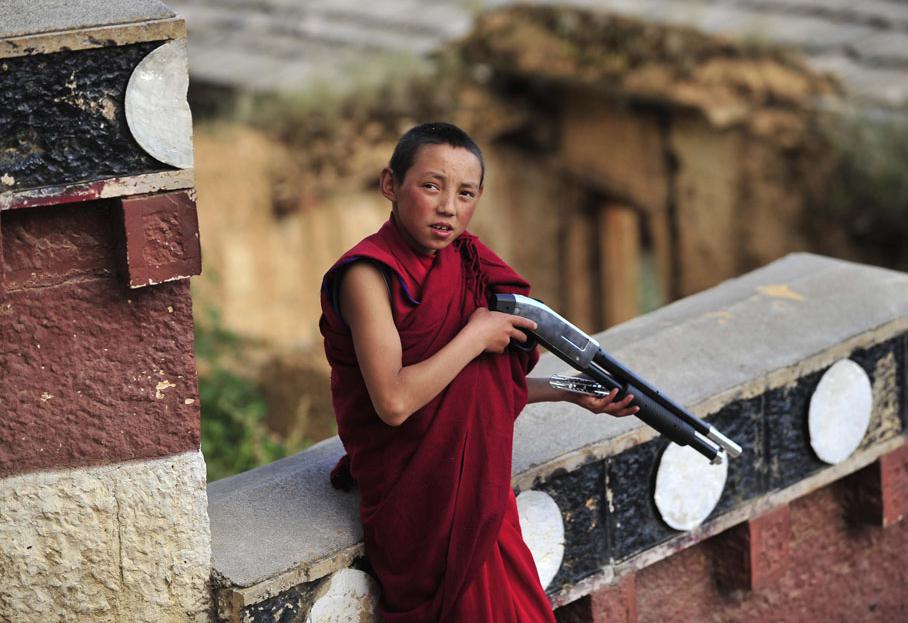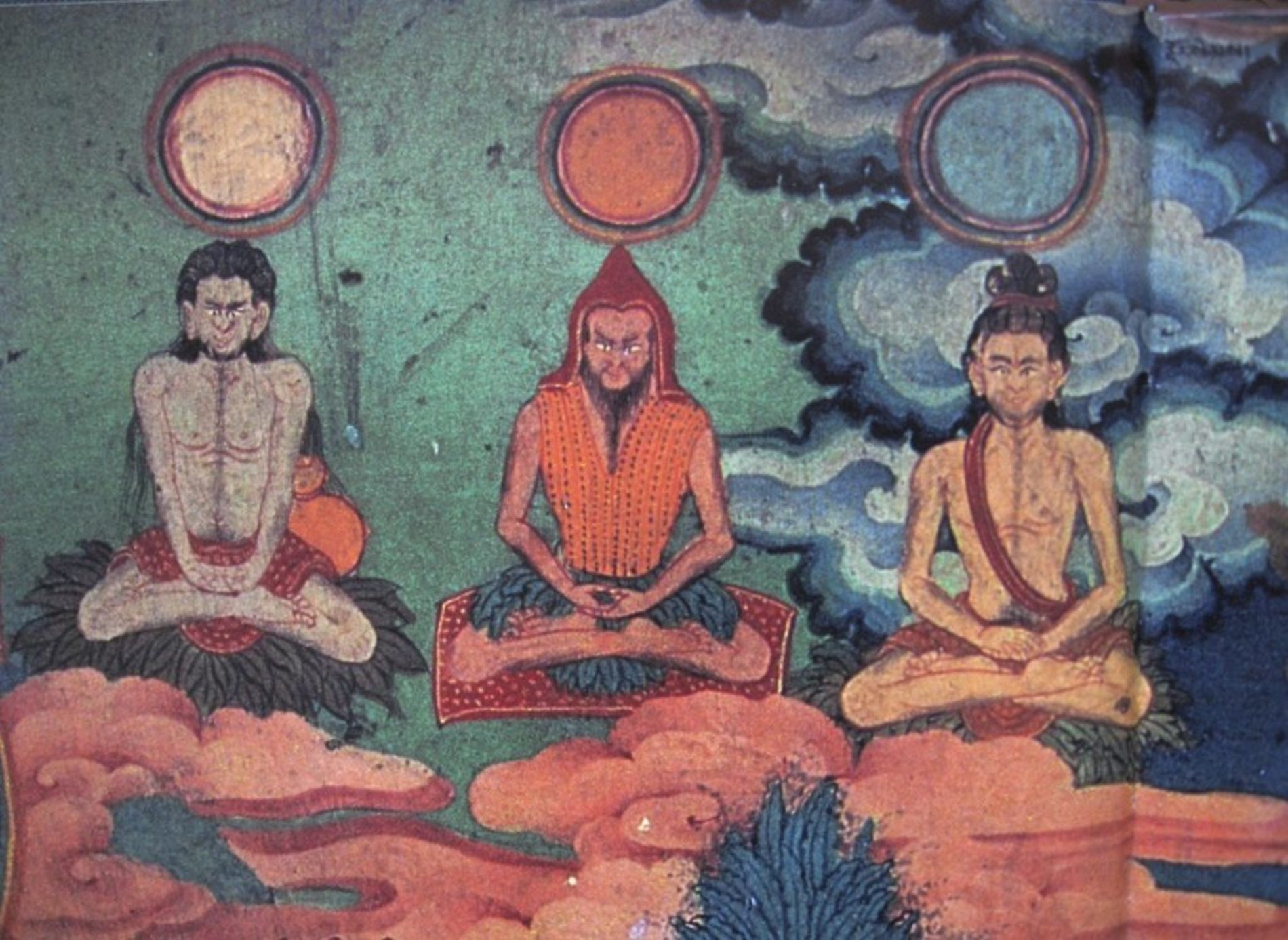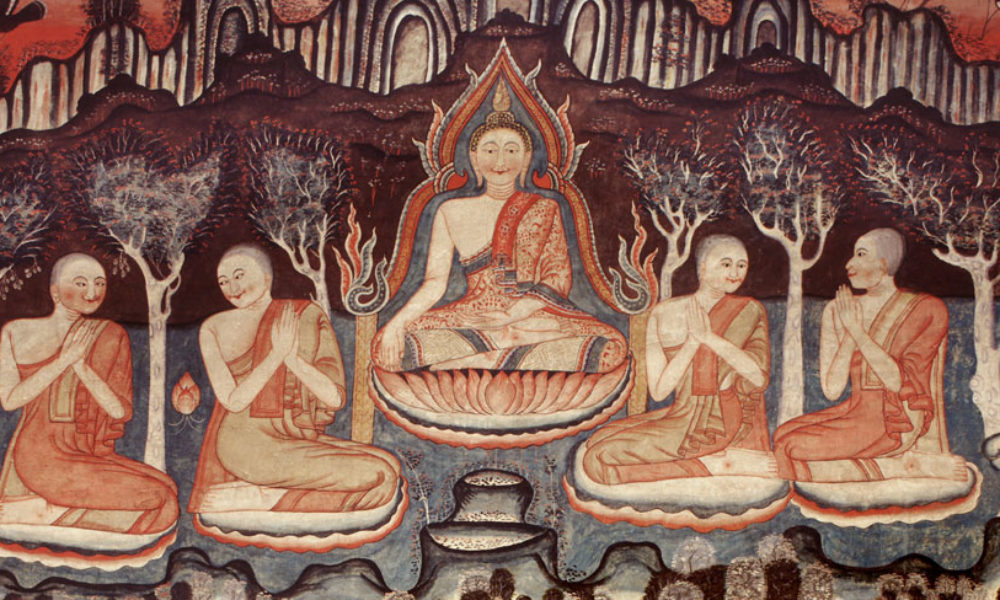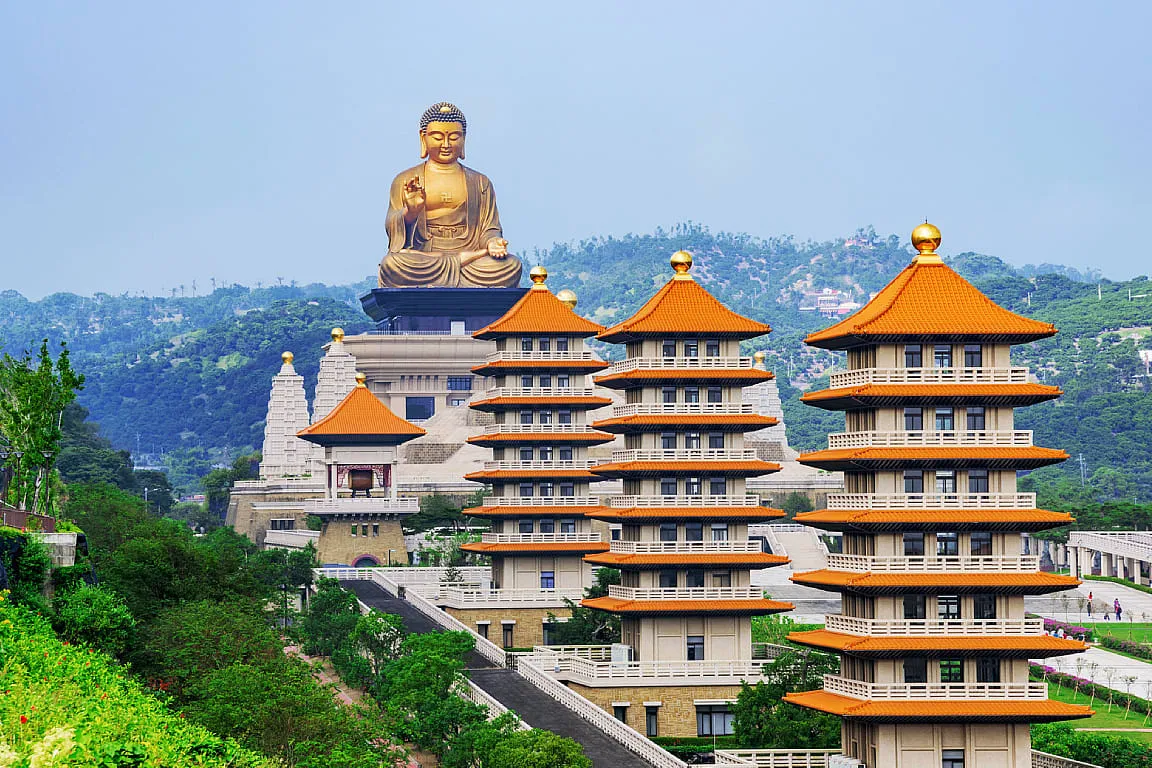In an era marked by widespread violence and conflict, the notion of “Buddhist violence” may strike some as paradoxical, even contradictory to the teachings of compassion and non-violence associated with Buddhism.
Yet, in recent years, incidents of violence involving Buddhist individuals and communities have brought this issue to the forefront of global consciousness. From the Sri Lankan civil war to the Rohingya crisis in Myanmar, instances of Buddhist-related violence have sparked intense scrutiny and debate.
The Complexity of Buddhist Doctrine
Central to understanding this phenomenon is recognizing the diversity within Buddhist doctrine and practice. Buddhist traditions vary widely across regions and cultures, leading to different interpretations and applications of Buddhist teachings. The Vinaya, or monastic code, and the sutras, canonical scriptures, may differ significantly between traditions, shaping the beliefs and actions of adherents.
Interpretation and Application
Moreover, the issue extends beyond what is explicitly stated in Buddhist texts to how those teachings are interpreted and applied in real-world contexts. Historical examples, such as during periods of Japanese imperialism, illustrate how Buddhist monks justified violence, often by reinterpreting Buddhist principles to suit prevailing political agendas.
Defending the Dharma: A Justification for Violence
One recurring justification for violence within certain Buddhist contexts is the defense of the Dharma, or the teachings of Buddhism. In regions like Myanmar and Sri Lanka, where Buddhism is intertwined with national identity, some monks view perceived threats to Buddhism as existential dangers. This mindset can lead to violent responses, fueled by a perceived need to protect the integrity and dominance of Buddhism within society.
The Role of “Military Monks”
The concept of “military monks” adds another layer to this complexity. In Thailand, soldiers ordained as monks retain their military status and carry weapons while ostensibly serving in monastic roles. This arrangement blurs the boundaries between soldier and monk, raising questions about the compatibility of martial duties with the principles of non-violence and spiritual practice.
Beyond Nationalism: Revisiting Buddhist Values
At the heart of these conflicts lies a tension between nationalism and Buddhist values of compassion and non-attachment. Monks and adherents who prioritize national identity over the fundamental tenets of Buddhism may succumb to violence as a means of preserving perceived cultural and religious purity. Yet, as history attests, such attachment to nationhood can lead to divisive and destructive outcomes.
A Call for Reflection
In contemplating the phenomenon of “Buddhist violence,” it is essential to acknowledge its complexities and contradictions. While Buddhism espouses principles of peace and compassion, human interpretations and societal contexts can distort these ideals. Prince Siddhartha, the historical Buddha, would likely urge practitioners to reflect on the true essence of Buddhism—an inward journey of self-awareness and compassion—rather than becoming ensnared in the trappings of nationalism and violence.




